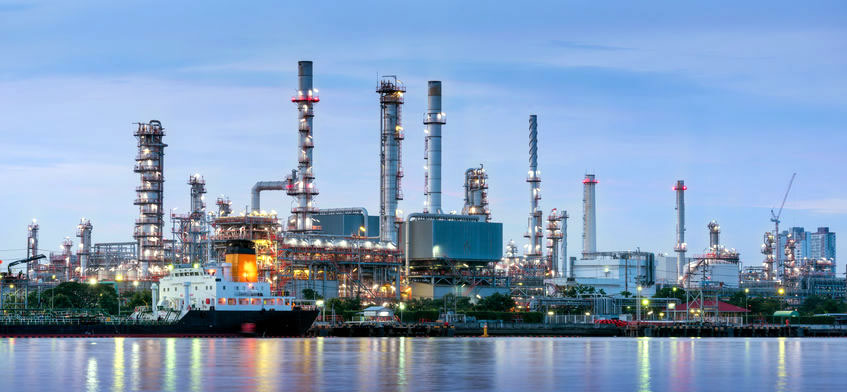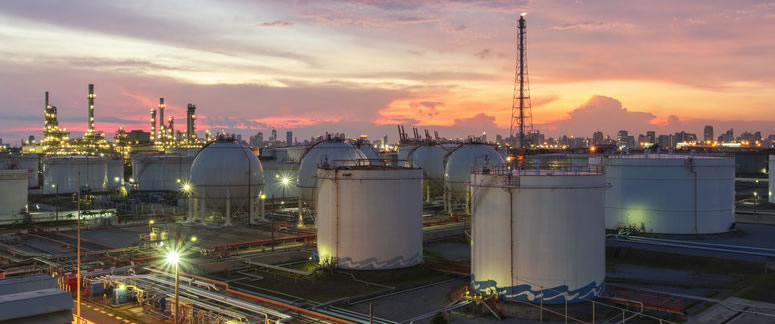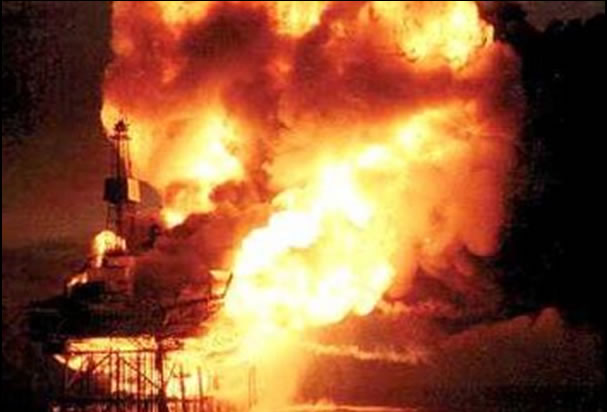Cooling Towers: Benefits of a Cold Eyes Review

One key decision that often needs to be made is repair vs. replace. When has a cooling tower arrived at the point where a new tower should be considered? Maintenance costs, overall tower condition, environmental constraints, and performance optimization are all factors that need to be evaluated.
If a new cooling tower is justified, how are the specifications for performance selected? What range, fan horsepower, approach to wet bulb, and water flow rate should be specified to best match plant requirements? The range is the difference between the hot water (return) temperature and the cold water (supply) temperature. The approach to wet bulb is due to the fact that, if the cooling tower were infinite in size, the cold water temperature would be at the wet bulb temperature. However, just like a shell and tube heat exchanger with a temperature difference between two streams, a finite cooling tower results in some approach to the wet bulb temperature. There is also a trade-off between plan area (footprint) and fan horsepower; you can have a smaller tower with high fan HP or a larger tower with lower fan HP to achieve the same approach to wet bulb. What materials of construction and fabrication techniques should be utilized? Do these conform to accepted industry standards?
For an existing cooling tower, there are options for improving performance. The items to be optimized include:
- Air distribution through the tower.
- Water distribution through the tower.
- Bypassing of either air or water in the tower.
- Significantly lower or higher water flow than the tower was designed for.
- Fans not pulling maximum air through the tower.
- Actual vs. design heat load (this is usually a constraint dictated by demands of the process).
Below are specific examples of conditions which contribute to some of the above factors:
- Over flow of water from the hot water distribution pans, (hot water bypassing) on cross flow towers resulting in thermal contamination of the cold water basin.
- Plugging of orifice nozzles in hot water pans (cross flow towers) or clogged spray nozzles in counter flow towers resulting in mal distribution of water, thereby not allowing for proper distribution of water over the fill.
- Plugging of drift eliminators with algae, dirt, scale, etc. causing increased resistance to airflow.
- Fans not pitched properly to draw (near) maximum amps resulting in lower airflow through the tower.
- Defective plenum air seals resulting in air bypassing the fill.
These 5 items are usually lower cost items to fix. Moreover, they are almost always worth doing to achieve whatever percentage of lost design capability that can be recovered. Larger (capital) investments to increase tower performance include such items as changing the fill, (orientation, spacing, and type of fill), higher efficiency fans, addition of a cell or helper tower (if real estate permits). These type items probably would require a further cost/benefit analysis.
Whether a new tower or improvement of an existing tower is under consideration, in order to evaluate the efficacy by cost/benefit analysis, the value of colder water should be known in terms of its benefit to the process.
A Becht SME can work with the plant to thoroughly assess all of these things and develop the most cost effective solutions.
If you have a question relating to this blog, you may post a comment for the author at the bottom of this page. If you would like to submit an Information Request please click below:






